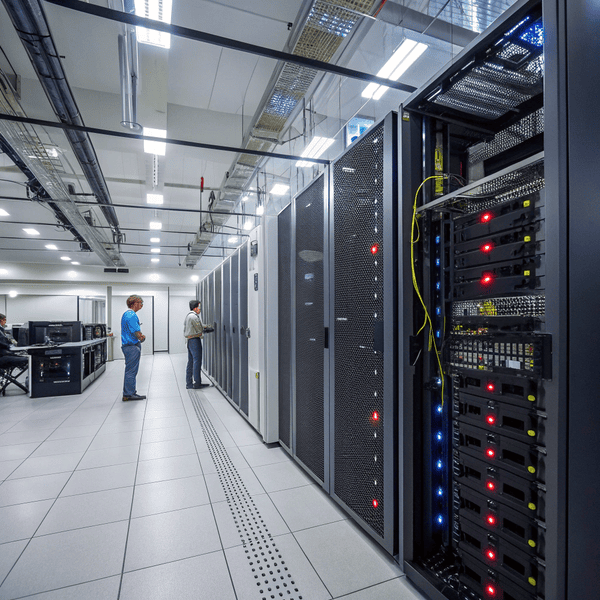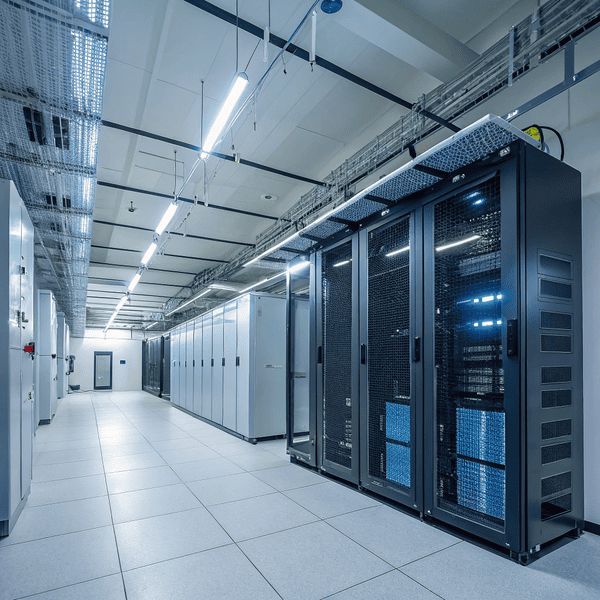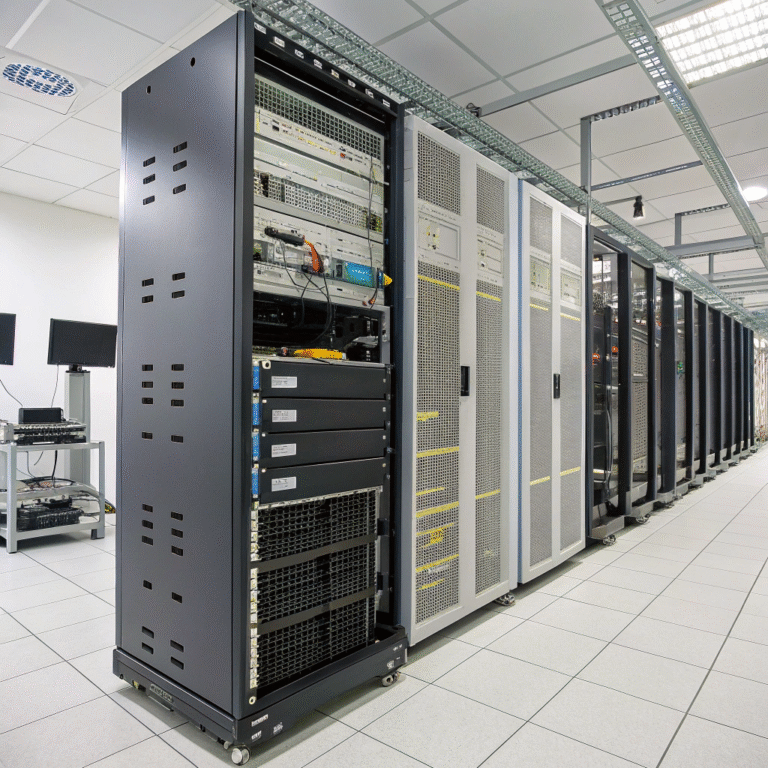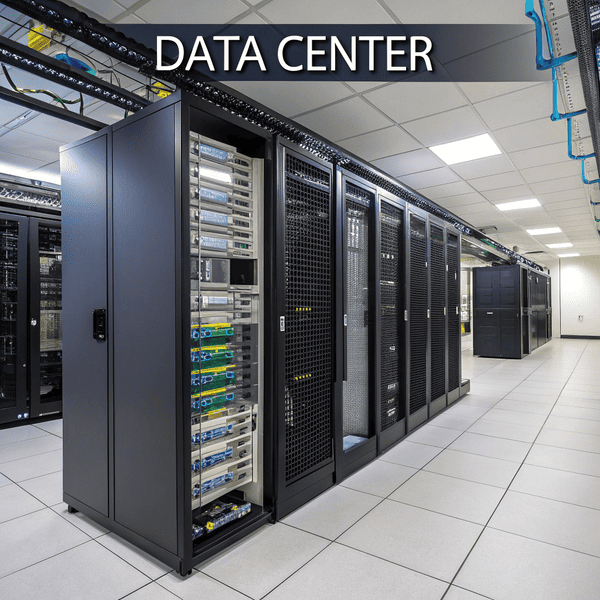Trying to figure out what runs a data center or how to plan one? This is a question almost every tech-minded person faces at some point.
A data center uses servers, network devices, storage systems, power backups, and cooling equipment. Its strategy defines how these resources are planned, built, and managed for A data center[^1] uses servers, network devices, storage systems, power backups, and cooling equipment. Its strategy defines how these resources are planned, built, and managed for business success.
[^1]: Exploring this link will provide insights into effective management strategies for data centers, ensuring optimal performance and reliability.
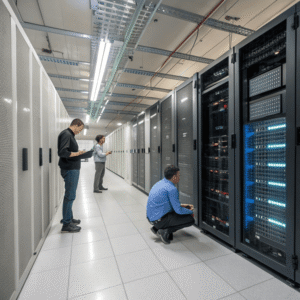
Many times, while helping companies scale up their digital systems, I saw that questions about hardware and overall strategy came up first. If you want a smooth, reliable data operation, it isn’t just about buying expensive machines—it’s knowing which parts you need and how they all work together. This article breaks down what’s inside, how experts make smart plans, and what components matter most. Let’s start with the backbone—hardware.
What hardware do data centers use?
If you walked through a data center, would you know what each piece of equipment does? Understanding the main types helps you make better IT choices.
Data centers use servers, storage arrays, network switches, routers, power Data centers use servers, storage arrays, network switches, routers, power distribution units, backup batteries, and precision cooling systems[^1] to keep everything running and data safe.
[^1]: Understanding precision cooling systems is crucial for maintaining optimal temperatures and ensuring data integrity.
, backup batteries, and precision cooling systems to keep everything running and data safe.
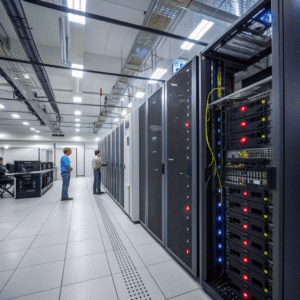
My first visit to a commercial data center was eye-opening. I watched as techs managed rows of servers—these are the machines that handle all the computing for websites, banking, and apps. Storages like SANs and NAS hold everything from emails to databases. Networking devices such as switches and routers connect everything and make sure data moves at lightning speed. Power Distribution Units (PDUs) and massive UPS battery arrays stop outages from affecting services, while large cooling units keep systems from overheating. Real-world data centers use industrial-grade gear that needs regular maintenance and upgrades. Here’s a look at the core hardware groups:
| Hardware Category | Description | Examples |
|---|---|---|
| Servers | Run applications | Rack servers, blades |
| Storage | Data storage and retrieval | SAN, NAS, SSDs, HDDs |
| Networking | Data transfer/connectivity | Switches, routers, cables |
| Power | Prevents and recovers outages | UPS, PDUs, generators |
| Cooling | Maintains safe temperatures | CRAC, liquid cooling, fans |
These parts make the physical foundation for any digital service, from cloud apps to streaming video.
What is a data center strategy?
How do companies decide what their data centers look like and how they operate? This is where data center strategy comes in.
A data center strategy is a plan for how an organization designs, builds, operates, and upgrades its A data center strategy[^1] is a plan for how an organization designs, builds, operates, and upgrades its data infrastructure to meet current and future business goals.
[^1]: Understanding data center strategy is crucial for optimizing infrastructure and aligning with business goals.
to meet current and future business goals.
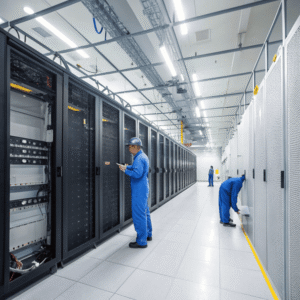
When I worked on a project to help a company expand internationally, a strong data center strategy was the first thing we developed. You need answers to big questions: Will you build your own facility or use the cloud? How will you secure everything, meet local regulations, and prepare for growth? A good strategy covers location choices, disaster recovery, energy efficiency, security controls, ongoing upgrades, and budgeting. The plan has to balance performance needs with the risk of downtime and future expansion. I’ve seen that even the best hardware fails if the strategy is weak. Here is a sample breakdown:
| Strategy Area | Key Decisions |
|---|---|
| Facility Type | Build, buy, or rent space? |
| Location | Geography, climate, network access |
| Security | Physical and virtual defenses |
| Power and Cooling | Backup, redundancy, efficiency |
| Growth Planning | Scalability, modularity |
| Regulations | Compliance with laws |
| Cost | CapEx and OpEx forecasts |
A solid data center strategy turns a collection of hardware into a reliable and effective backbone for any business or tech project.
What are the three main components for a data center?
What are the basics every data center must have—no matter its size or purpose? Here’s what you really need to know.
The three main components for a data center are computing (servers), storage (data devices), and networking (connectivity), forming the essential structure for anyThe three main components for a data center[^1] are computing (servers), storage (data devices), and networking (connectivity), forming the essential structure for any digital operations.
[^1]: Understanding the components of a data center is crucial for optimizing digital operations and infrastructure.
.
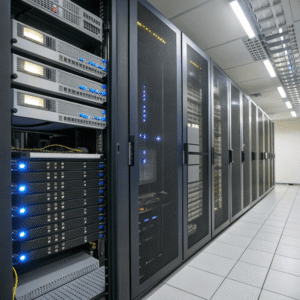
Starting out, I focused on just computers, but I quickly learned that without storage, you can’t keep data, and without networking, nothing gets shared. Computing is handled by servers that process all requests and run software. Storage platforms hold the data, both live and archived, using fast SSDs or large HDD arrays. Networking ensures everything communicates smoothly, linking servers and users around the world or across the hall. These three pillars must work together or the entire system fails, no matter how fancy the building looks. Here’s a closer look:
| Component | What It Does | Examples |
|---|---|---|
| Computing | Runs applications and processes data | Rack, blade, or tower servers |
| Storage | Saves and retrieves information | SAN, NAS, SSD, HDD arrays |
| Networking | Moves data between users and systems | Switches, routers, fiber links |
They are the core of every data center—if one fails, digital operations stop in their tracks.
Conclusion
A well-designed data center uses specific hardware, follows a clear strategy, and is built on three core components: computing, storage, and networking.

